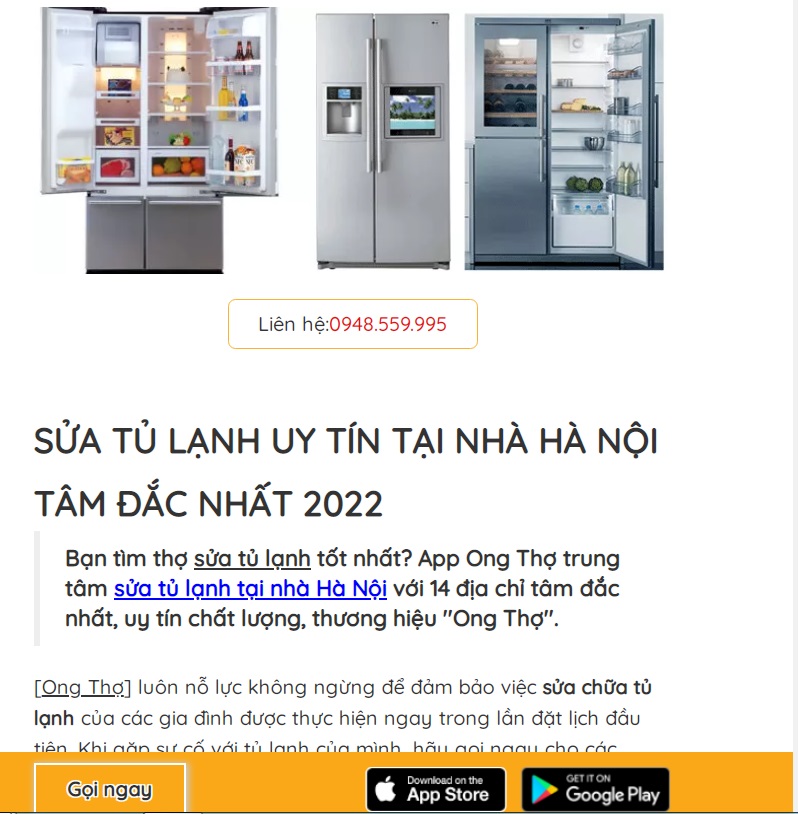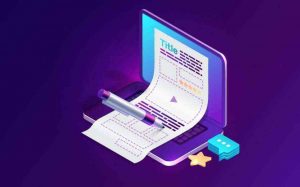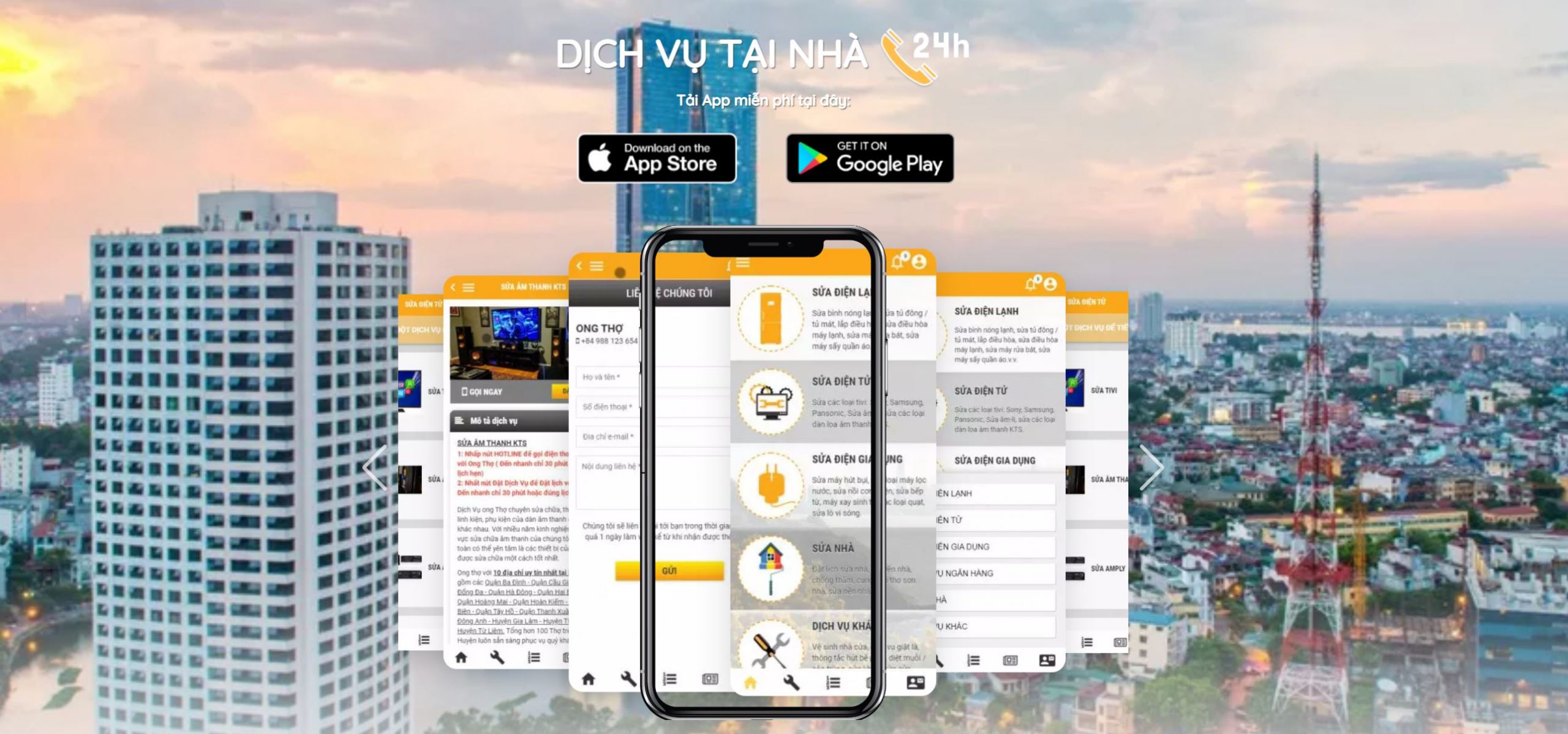The sounds of English and the International Phonetic Alphabet | Antimoon
Nội Dung Chính
The sounds of English and the International Phonetic Alphabet
© Tomasz P. Szynalski, Antimoon.com
This chart contains all the sounds (phonemes) used in the English language. For each sound, it gives:
-
The symbol from the International Phonetic Alphabet (IPA), as used
in phonetic transcriptions in modern dictionaries
for English learners — that is, in A. C. Gimson’s phonemic system
with a few additional symbols.The chart represents British and American phonemes with one symbol. One symbol can
mean two different phonemes in American and British English. See the footnotes for British-only and American-only symbols. - Two English words which use the sound. The underline shows where the sound is heard.
-
The links labeled AM and BR play sound recordings
where the words are pronounced in American and British English.
The British version is given only where it is very
different from the American version.
To print the chart, use the printable PDF version.
vowels
IPA
examples
listen
ʌ
cup, luck
AM
ɑ:
arm, father
AM
BR
æ
cat, black
AM
e
met, bed
AM
1
ə
away, cinema
AM
2
ɜ:ʳ
turn, learn
AM
BR
2
ɪ
hit, sitting
AM
i:
see, heat
AM
ɒ
hot, rock
AM
BR
3
ɔ:
call, four
AM
BR
4 5
ʊ
put, could
AM
u:
blue, food
AM
aɪ
five, eye
AM
aʊ
now, out
AM
eɪ
say, eight
AM
oʊ
go, home
AM
6
ɔɪ
boy, join
AM
eəʳ
where, air
AM
BR
1 7
ɪəʳ
near, here
AM
BR
7
ʊəʳ
pure, tourist
AM
BR
7
consonants
IPA
examples
listen
b
bad, lab
AM
d
did, lady
AM
f
find, if
AM
g
give, flag
AM
h
how, hello
AM
j
yes, yellow
AM
k
cat, back
AM
l
leg, little
AM
m
man, lemon
AM
n
no, ten
AM
ŋ
sing, finger
AM
p
pet, map
AM
r
red, try
AM
8
s
sun, miss
AM
ʃ
she, crash
AM
t
tea, getting
AM
9
tʃ
check, church
AM
θ
think, both
AM
ð
this, mother
AM
v
voice, five
AM
w
wet, window
AM
z
zoo, lazy
AM
ʒ
pleasure, vision
AM
dʒ
just, large
AM
special symbols
IPA
what it means
ˈ
The vertical line (ˈ) is used to show word stress. It is placed before the stressed syllable in a word.
For example, /ˈkɒntrækt/ is pronounced
like this, and
/kənˈtrækt/
like that.
Word stress is explained in our article about phonetic transcription.
ʳ
ʳ means that r is always pronounced in American English,
but not in British English. For example, if we write that far is pronounced /fɑ:ʳ/, we
mean that it is pronounced /fɑ:r/ in American English, and /fɑ:/ in British English.
However, in BrE, r will be heard if ʳ is followed by a vowel. For example,
far gone is pronounced /ˈfɑ: ˈgɒn/
in BrE, but far out
is pronounced /ˈfɑ: ˈraʊt/.
i
i is usually pronounced like a shorter version of
i:, but sometimes (especially in an old-fashioned British accent) it can sound like ɪ.
Examples:
very /ˈveri/,
create /kriˈeɪt/,
previous /ˈpri:viəs/,
ability /əˈbɪlɪti/.
əl
əl represents either a syllabic l or, less commonly, əl.
Syllabic l is an l which acts as a vowel and forms a syllable, as in
little
/ˈlɪtəl/,
uncle
/ˈʌŋkəl/.
Instead of əl, some dictionaries use a regular
l, as in /ˈlɪtl/.
ən
ən represents either a syllabic n or, less commonly, ən.
Syllabic n is an n which acts as a vowel and forms a syllable, as in
written
/ˈrɪtən/,
listen
/ˈlɪsən/.
Instead of ən, some dictionaries use a regular n, as in /ˈrɪtn/.
Does this chart list all the sounds that you can hear in British and American English?
No. This page contains symbols used in phonetic transcriptions in modern dictionaries
for English learners.
It does not list all the possible sounds in American or British English.
For example, this page does not list
the regular t (heard in this pronunciation of letter) and
the flap t (heard in this one) with separate symbols.
It groups them under a single symbol: t.
(In other words, it groups a number of similar sounds
under a single phoneme, for simplicity.
To understand how sounds are grouped into phonemes, read the article on
phonemic transcription.)
So this page actually lists phonemes (groups of sounds), not
individual sounds.
Each symbol in the chart can correspond to many
different (but similar) sounds, depending on the word and the speaker’s accent.
Take the phoneme p in the above chart.
It occurs in the phonemic transcriptions of pin /pɪn/ and
spin /spɪn/.
In pin, this phoneme is pronounced with aspiration (breathing).
This “aspirated p” sound has its own special symbol in the IPA: pʰ.
In spin, the phoneme is pronounced “normally”;
this “normal p” sound is represented by p in the IPA.
So the p phoneme represents two sounds:
p and pʰ.
(This can be confusing, because p can mean both the p phoneme
and the p sound.)
Typing the phonetic symbols
You won’t find phonetic symbols on your computer’s keyboard. How do you type them in a Word document, e-mail message, or
SRS collection?
IPA fonts
To type IPA symbols on your computer, you need to use an IPA-enabled font.
Fortunately, all modern operating systems have at least one font with IPA symbols. If IPA symbols are not working (for example, you’re getting
squares or question marks instead of symbols), you should select an IPA-enabled font in your application.
(This page has a list of recommended IPA fonts on various operating systems.)
However, in many (most?) cases, you won’t have to do anything – even if your current font is missing IPA symbols, many applications will
automatically “borrow” missing symbols from a font which has them (this is called font substitution). These borrowed characters
may not match the look of your current font, but at least they will be readable.
For best results, use an IPA-enabled font from the start.
-
You can use my free IPA phonetic keyboard at ipa.typeit.org. It enables you to type your transcriptions online,
and copy & paste them to your document.
This works well if you type phonetic transcriptions occasionally. However, if you do it frequently, it is not very efficient because
every time you want to type something, you have to switch to your browser, then copy & paste your text. -
You can use my app – TypeIt for Windows (costs $12.50). It lets you type
IPA phonetic transcriptions directly in any application or website.
If you type phonetic transcriptions regularly, especially if you use them in your SRS, I would definitely recommend that you
get the app, as it is inexpensive and it is the easiest, fastest way to type IPA symbols on your PC.
You can also use the ASCII Phonetic Alphabet, which represents IPA symbols with
“normal” characters that you can type on your keyboard. The ASCII Phonetic Alphabet is not a standard system,
but you can type it fast without special software.






